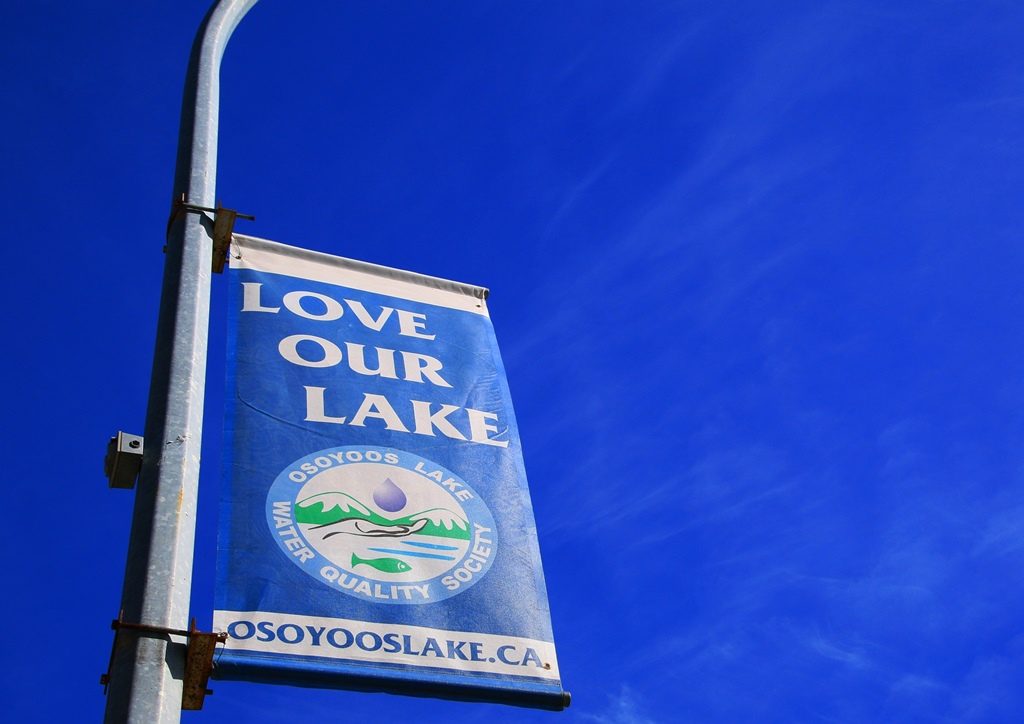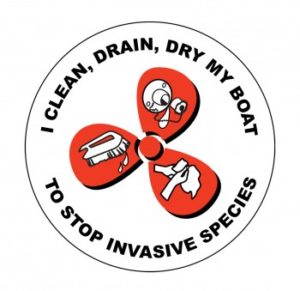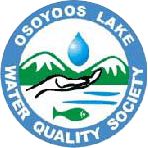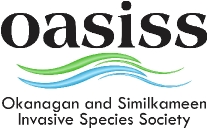What can you do?

Everyone loves Osoyoos Lake. Photo Credit: Neil Bousquet
The warm water, sandy beaches, the fishing and boating, and spectacular views entice people from all over the world. With an increase in population, development and use of the lake, everyone needs to do their part to ensure that its vulnerable waters and surrounding aquifers are not altered.
There are many ways to help. Recycle oils, paints and other toxic household wastes. Keep toxins and litter away from roadways and storm drains. Don’t dump swimming pool water, car wash water and other fluids down storm drains.
Use organic alternatives to ‘toxic’ or inorganic fertilisers and pesticides.
Create awareness – talk to your kids, neighbours about water conservation and pollution.
Boats with with motors cause noise, pollution and wave erosion. Use a canoe, kayak, paddle board or other non-motorised watercraft.
If you have a motoized boat or jetski be careful not to spill or leak gasoline or oil! …. one drop can contaminate thousands of litres of water. Be mindful of excessive speed and other on the lake, especially swimmers, kyakers and paddle boarders.
If you are transporting a boat to Osoyoos Lake, make certain that you follow the CLEAN-DRAIN-DRY protocols to ensure you are not carrying invasive Zebra and Quagga mussels. Do the same when you take your watercraft out of the lake at the end of boating season.
 If you are using a septic system, have it inspected annually and pump it out every three years. Neglect now may cost you thousands of dollars later.
If you are using a septic system, have it inspected annually and pump it out every three years. Neglect now may cost you thousands of dollars later.
Acquaint yourself with the laws regarding the building of docks and walls along the lakeshore. Both require a permit from the Integrated Land Management Bureau in Kamloops.
Protect fish habitat: Do not remove vegetation within 30 metres of the high water mark (this is the law!)
Conserve water. Water your garden wisely, or use drought resistant native plants in your garden (xeriscaping). Water is not a renewable resource, and it’s crucial we conserve it now if we want a good supply in the future.
Don’t feed the geese as their droppings carry E. coli and other bacteria that can induce serious diseases. You can discourage geese from landing on your waterfront property by erecting a low fence or wire along the line between the beach and your garden, or by growing longer grasses.
Think carefully before building a dock. Docks should be floating, not fixed, and should be made of environment-friendly materials. They can be built parallel to the shoreline (L-shaped) instead of at right angles (T-shaped). A useful PDF guide from the BC Ministry of Environment is available here.
Use phosphate-free households and cleaners, to reduce the mount of phosphates ending up in the lake. Ask us for a list of locally available products.





